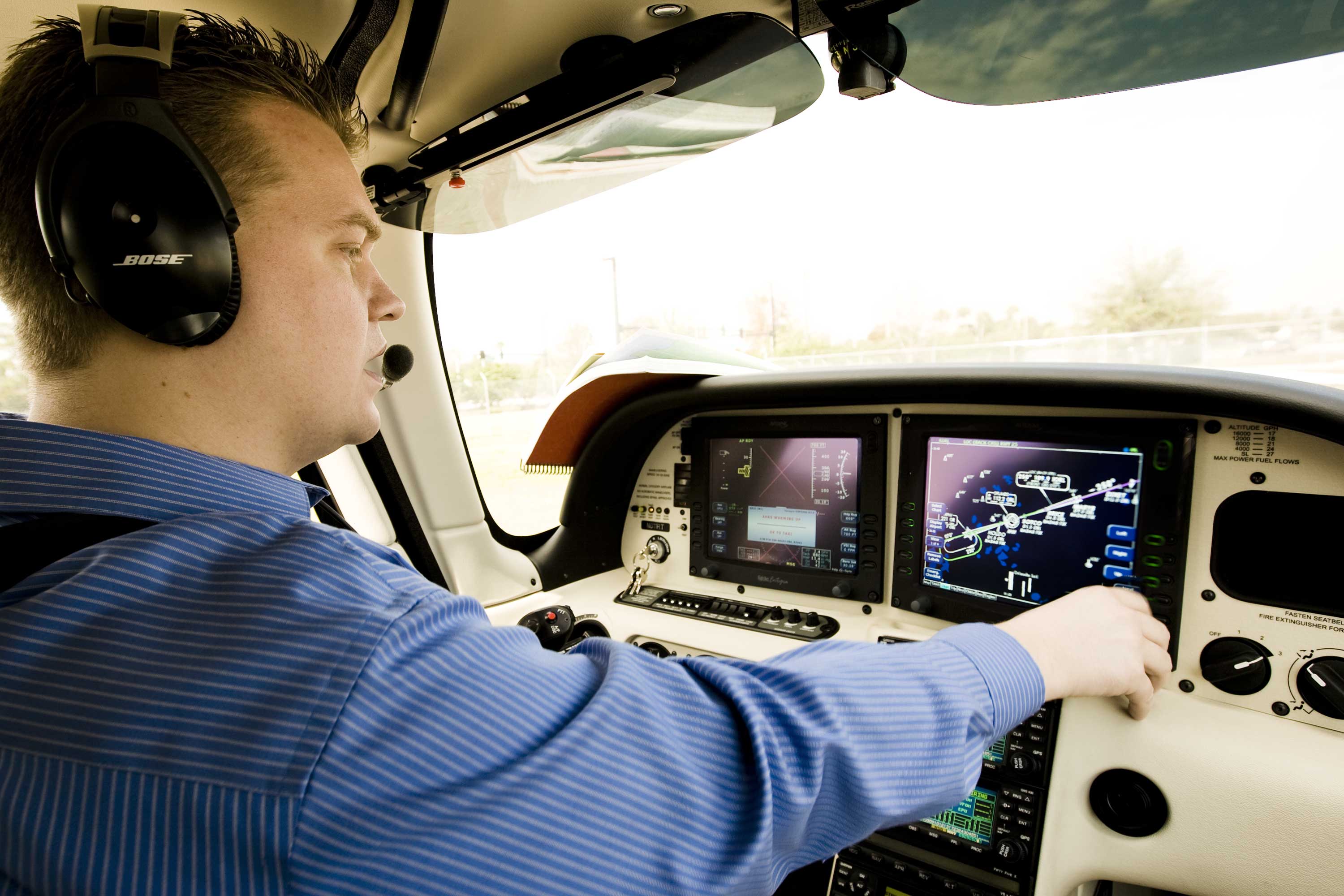
Business aviation has long supported efforts to modernize the nation’s airspace, including equipage of satellite-based automatic dependent surveillance-broadcast (ADS-B) capabilities for monitoring aircraft in the skies and on the ground.
ADS-B transmits GPS-derived aircraft position information along with several other data fields including aircraft type, speed, flight number, and whether the aircraft is turning, climbing or descending, which are not transmitted by today’s radar technology. This information is broadcast to air traffic control (ATC) as well as other aircraft.
Aircraft equipped with ADS-B that transmit these data fields have what is called ADS-B Out; an aircraft has the next level of equipage, called ADS-B In, when the aircraft not only sends the ADS-B Out data, but will also receive the data sent from other aircraft and ATC for added situational awareness on the flight deck.
The FAA mandated that aircraft operating in most U.S. airspace be equipped with ADS-B Out capabilities by Jan. 1, 2020. Other countries have similar ADS-B requirements either already in place, or on the horizon.


 International Business Aviation Council Ltd.
International Business Aviation Council Ltd.